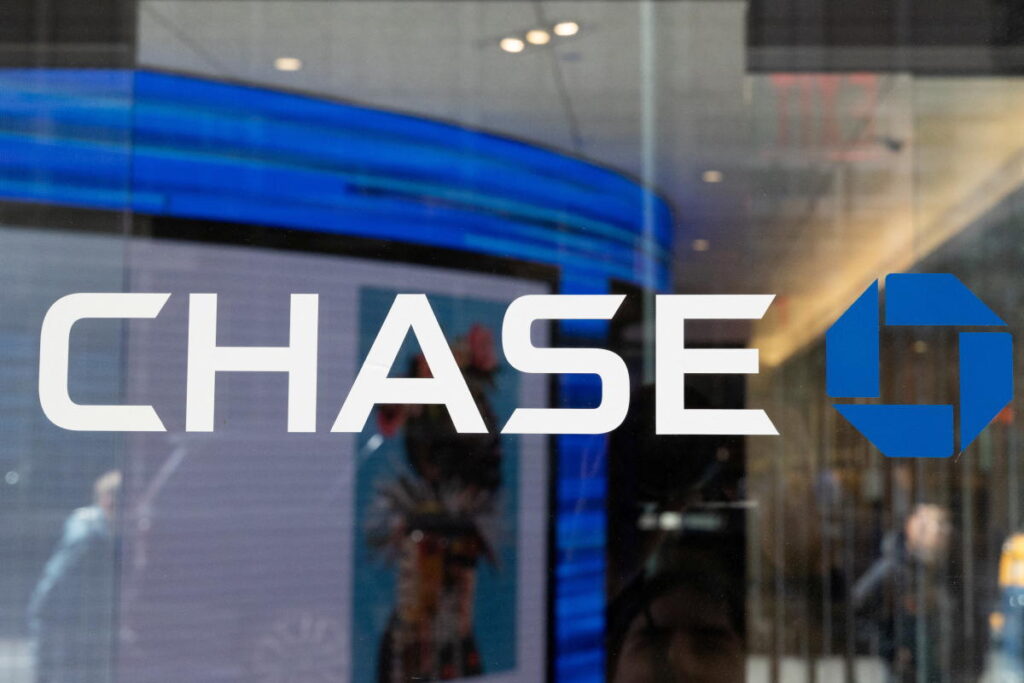Chase is the largest bank in the U.S. and a leading credit card issuer with a diverse portfolio tailored to consumer needs. Their credit card offerings cater to various preferences such as travel rewards, cash-back programs, introductory 0% APR options, and significant sign-up bonuses. Depending on individual spending habits and financial goals, there is likely a Chase card that aligns well. Key cards include the Chase Sapphire Preferred, Freedom Unlimited, Ink Business Preferred, and Sapphire Reserve — each designed with unique benefits and annual fees appropriate for different types of users.
The Chase Sapphire Preferred card is designed for travel enthusiasts, boasting a $95 annual fee and a welcome offer of 60,000 bonus points after spending $4,000 within three months. Cardholders earn up to 5x points on travel booked through Chase Travel, 3x points on dining and select streaming services, and 2x points on all other travel purchases. The card notably provides a 25% boost in redemption value when used for booking travel through Chase Travel, enhancing its utility and potential return on investment.
On the other hand, the Chase Freedom Unlimited card stands out for those who prefer cash back, featuring no annual fee and a welcome bonus that allows users to earn an additional 1.5% on all purchases for the first year (up to $20,000). Cardholders benefit from 5% cash back on travel through Chase Travel, 3% at drugstores and restaurants, and a flat 1.5% on all other purchases. This versatility makes it a strong contender for both everyday buyers and travelers keen on maximizing their rewards.
For small business owners, the Chase Ink Business Preferred card is often favored due to its generous rewards structure of 3x points on categories relevant to businesses—such as shipping and advertising—within a $150,000 limit each year. The card’s welcome offer provides a substantial number of points, further encouraging business-related expenditures. Moreover, utilizing points for travel bookings through Chase Travel yields even greater value, making it a practical choice for those managing business finances.
Frequent travelers can also benefit from the luxury of the Chase Sapphire Reserve, which commands a higher annual fee of $550 but offers significant rewards and perks, such as 3x points on travel, premium travel protection, and a 50% redemption boost through Chase Travel. While costly, the effective $250 net fee after the $300 travel credit makes it an appealing choice for regular travelers who can leverage these benefits to offset costs.
Additionally, the Chase Slate Edge features an introductory offer of 0% APR on purchases and balance transfers for 18 months, making it suitable for individuals looking to manage debt. Its unique feature allows for a lower ongoing interest rate based on spending and timely payments, solidifying its place among Chase’s offerings for credit-building and debt management. For new users, the Chase Freedom Rise card offers an accessible entry point with no annual fee and opportunities to boost credit scores, essential for those new to credit cards.
In summary, choosing the right Chase credit card requires aligning personal financial goals with the card’s rewards and benefits. Factors such as spending habits, travel frequency, and desired rewards should guide the selection process. Chase’s range of credit cards ensures that consumers can find options tailored to their needs, making it one of the most versatile financial institutions in the credit card market. As with any financial products, it’s crucial for users to review all details and card features to maximize their potential returns and manage expenses effectively.

